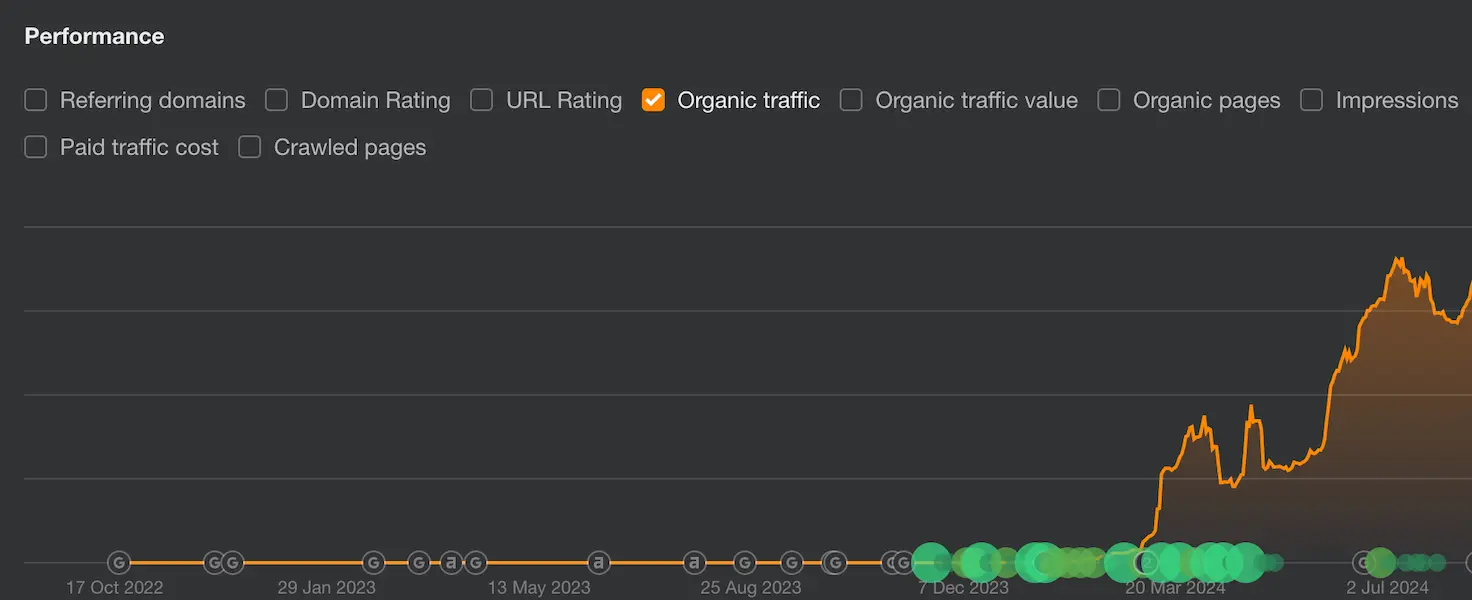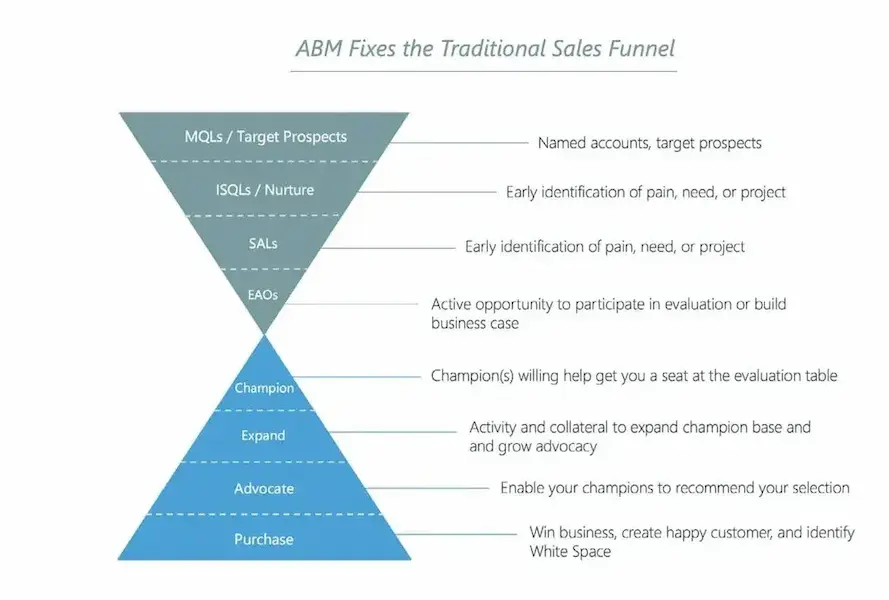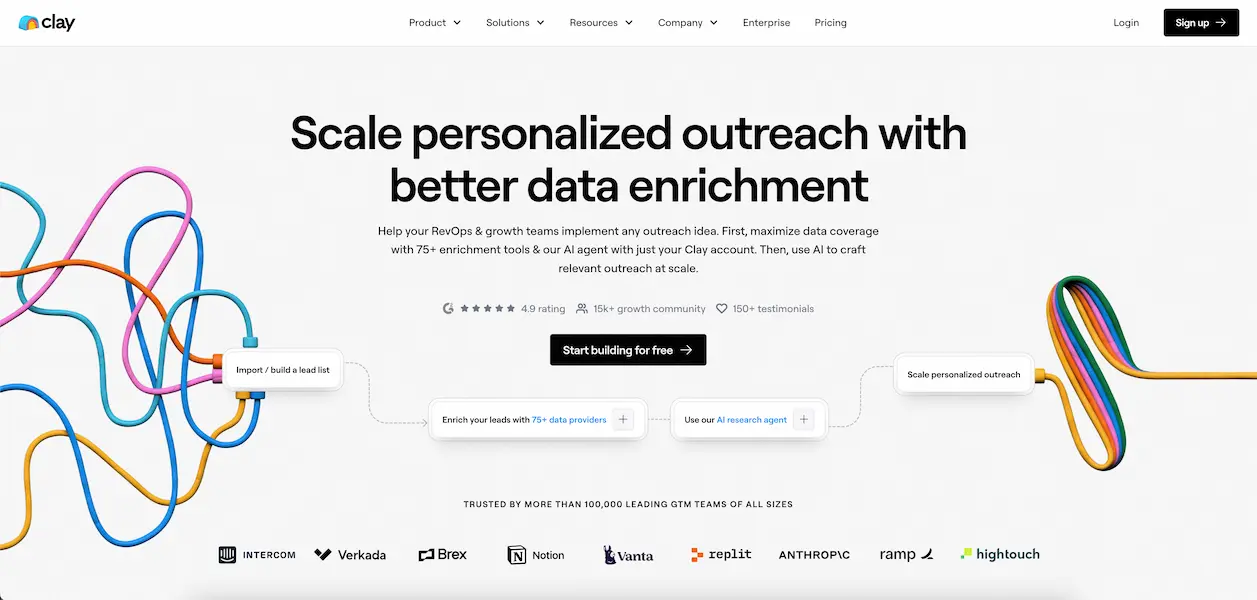Summary
B2B lead generation requires a combination of strategies, including content marketing, social media engagement, SEO, and email marketing. By implementing these strategies, you can attract high-quality leads and boost their sales pipeline.
Introduction
B2B lead generation is one of the most important aspects of growing any business. Whether you’re a startup or a well-established company, finding the right clients and getting them interested in your offer can be challenging. In this article, we’ll explore the top 10 strategies that work for B2B lead generation. By applying these proven tactics, you can attract high-quality leads, boost your sales pipeline, and grow your business effectively. To truly stay ahead and optimize your B2B lead generation efforts, it’s essential to understand our insights into the 2025 B2B martech landscape which outlines key trends and challenges. If you’d like 1-to-1 guidance, talk to a B2B digital marketing consultant who can tailor these strategies.
Pro tip: Before implementing these strategies, ensure your current efforts are optimized with our digital marketing audit services.
1. Content Marketing
Content marketing is a powerful strategy for B2B lead generation. Creating valuable content that addresses your audience’s pain points can attract potential clients and establish your brand as an authority in your industry.
How to Use It: Publish blog posts, whitepapers, eBooks, and guides that provide actionable insights. Use tools like Grammarly for editing and Canva to create visuals. Use SEO techniques to ensure your content ranks well on search engines, making it easy for prospects to find you. Sharing content on social media and industry forums can also help reach a wider audience.
Step-by-Step:
- Identify Audience Pain Points: Use surveys, forums, and feedback to understand your audience’s challenges.
- Create Valuable Content: Develop blog posts or whitepapers that solve these pain points.
- Optimize for SEO: Include relevant keywords and make sure your content is easily discoverable on search engines.
- Promote Content: Share across LinkedIn, relevant industry groups, and through your email list to maximize visibility.
2. Email Marketing Campaigns
Email marketing is one of the most effective ways to nurture leads and guide them through your sales funnel. Personalized emails can help you connect directly with potential clients and build long-term relationships.
How to Use It: Create segmented email lists based on customer needs and interests. Use tools like Mailchimp or HubSpot to manage and automate your email campaigns. Personalize your messages to make them more relevant. Use automated email sequences to nurture leads and keep them engaged with your brand.
Step-by-Step:
- Segment Your List: Break your email list into groups based on interests, behavior, or demographics.
- Craft Personalized Emails: Write email content that addresses the specific needs of each segment.
- Automate Sequences: Set up automated follow-ups to keep leads engaged over time.
- Track Engagement: Use tools like Mailchimp to analyze open and click rates and adjust accordingly.
3. Social Media Engagement
Social media platforms like LinkedIn are great for B2B lead generation. You can use social media to build relationships, share valuable content, and connect with decision-makers.
How to Use It: Post regularly on LinkedIn to showcase your expertise. Use tools like Buffer or Hootsuite to schedule and manage social media posts. Engage with your audience by responding to comments, joining industry groups, and contributing to discussions. Direct outreach through LinkedIn messaging can also be effective, especially when personalized.
Step-by-Step:
- Optimize Your Profile: Ensure your LinkedIn profile is complete and highlights your expertise.
- Post Consistently: Share content 2-3 times weekly, focusing on value and insights.
- Engage With Others: Comment on posts in your industry to boost visibility.
- Direct Outreach: Use LinkedIn messaging to connect with prospects after researching their background.
4. Search Engine Optimization (SEO)

SEO helps potential clients find your business when they search for solutions online. By optimizing your website and content for search engines, you can attract organic traffic and generate leads.
How to Use It:
- Research Keywords: Start by researching relevant keywords that your target audience is searching for. Use tools like Google Keyword Planner or Ahrefs to identify the best keywords for your business.
- Optimize Content: Use the keywords you found to optimize your website and content. Ensure that these keywords are included in essential areas like page titles, headings, meta descriptions, and throughout your content.
- Improve User Experience: Ensure your website is easy to navigate. Create a clear menu structure and make important information easy to find. Test your website’s load time and make sure it is fast.
- Make It Mobile-Friendly: Make sure your website is mobile-friendly. Use responsive design so your website works well on all devices, including smartphones and tablets.
- Track Results: Use Google Analytics to track your website traffic and see how your optimization efforts work. Adjust your strategy based on what’s working and what’s not.
Step-by-Step:
- Keyword Research: Identify keywords using tools like Ahrefs.
- On-Page SEO: Include keywords in meta tags, headers, and content.
- Improve Website Speed: Use tools like PageSpeed Insights to optimize load times.
- Monitor and Adjust: Regularly check Google Analytics for insights.
5. Paid Advertising
Paid advertising, such as Google Ads and LinkedIn Ads, can help you reach your target audience quickly. It’s a great way to generate leads when you need immediate results.
How to Use It: Create compelling ad copy and include a strong call-to-action (CTA) that encourages prospects to take the next step, such as signing up for a free trial or downloading a guide.
Step-by-Step:
- Define Your Audience: Use audience filters to narrow down the target market.
- Create Ad Copy: Write engaging copy about your target’s pain points.
- Use Strong CTAs: Include clear next steps like “Sign Up Today.”
- Monitor Performance: Track metrics like cost per click (CPC) and conversion rate to optimize.
6. Webinars and Online Events
Hosting webinars is a fantastic way to generate leads while demonstrating your expertise. Webinars allow you to directly engage with your audience and address their questions or challenges.
How to Use It: Choose a relevant topic for your target audience and provide value. Use tools like Zoom or Webex to host and manage your webinars. Promote your webinar through email and social media. During the webinar, engage with participants and provide actionable insights. Follow up with attendees afterward to nurture them as leads.
Step-by-Step:
- Select a Topic: Choose a topic that addresses a common issue your prospects face.
- Promote Your Webinar: Use email and social channels to drive registrations.
- Engage During the Event: Answer questions and encourage participation.
- Follow-up: Send a thank-you email with additional resources.
7. Lead Magnets
Lead magnets are free resources that you offer in exchange for contact information. They are a great way to attract potential clients and capture their information for further follow-up.
How to Use It: Create downloadable resources like eBooks, checklists, or templates that address a specific need of your target audience. Use tools like Canva to design visually appealing lead magnets. Promote these lead magnets on your website, blog, and social media. Make sure your landing pages are optimized to encourage conversions.
Step-by-Step:
- Identify a Topic: Choose a topic that’s important to your audience.
- Create the Lead Magnet: Use Canva to design the resource.
- Set Up Landing Page: Use tools like Unbounce to create a landing page.
- Promote Across Channels: Share through social media and emails.
8. Account-Based Marketing (ABM)

Source: HubSpot
Account-based marketing focuses on targeting specific companies that you want to work with. It’s a personalized approach that helps you tailor your marketing efforts to the needs of particular businesses.
How to Use It: Identify high-value target accounts and create customized campaigns. Use tools like HubSpot or Marketo to manage and track your account-based marketing efforts. Use personalized content, emails, and outreach to engage with decision-makers at these companies. Show them how your solution is the perfect fit for their specific needs.
Step-by-Step:
- Identify Target Accounts: Research and select the companies you want to focus on.
- Create Personalized Campaigns: Develop content tailored to each target’s needs.
- Use Tools for Tracking: Monitor engagement with tools like HubSpot.
- Follow Up Personally: Reach out via LinkedIn or email to build relationships.
9. Networking and Industry Events

Networking is still one of the best ways to generate leads, especially in B2B. Attending industry events, conferences, and trade shows can help you make valuable connections.
How to Use It: Attend events where your target audience is likely. Use platforms like Eventbrite to find relevant events, conferences, and trade shows. Engage with attendees, participate in discussions, and exchange contact information. Follow up with the people you meet after the event to continue building those relationships.
Step-by-Step:
- Find Relevant Events: Use Eventbrite to identify upcoming events.
- Prepare an Elevator Pitch: Be ready to introduce yourself clearly and concisely.
- Collect Contact Information: Exchange business cards or connect on LinkedIn.
- Follow Up Promptly: Send a follow-up message within 48 hours.
10. Cold Outreach

If done correctly, cold outreach through email or phone can still be an effective B2B lead generation strategy. Personalized outreach that shows you’ve researched the prospect can make a difference.
How to Use It: Research your prospects before reaching out. Use tools like LinkedIn Sales Navigator and Clay.com to gather information and personalize your outreach. Personalize your message to show that you understand their business and challenges. Focus on how your solution can help them specifically. Follow up consistently, but do not come across as too pushy.
Step-by-Step:
- Research Prospects: Use LinkedIn Sales Navigator to gather insights.
- Craft Personalized Messages: Reference something specific to their company or industry.
- Send Outreach: Use email or LinkedIn InMail for initial contact.
- Follow-Up: Set reminders to follow up at least twice if there’s no response.
Conclusion
B2B lead generation requires different strategies tailored to your target audience’s needs and preferences. By combining content marketing, social media engagement, SEO, email marketing, and other tactics, you can create a lead generation system that works for your business. Remember, generating leads is not just about reaching out—building trust, providing value, and nurturing relationships that lead to long-term success.
Ready to take your B2B lead generation to the next level? Start implementing these strategies today, and watch your pipeline grow with high-quality leads ready to convert.
Need help? Contact us for a Free Discovery Call

